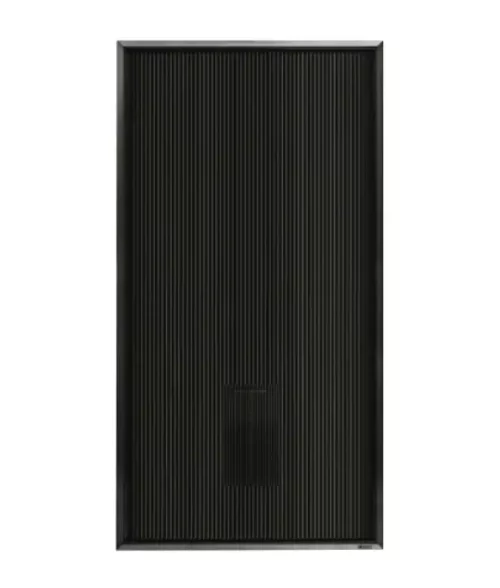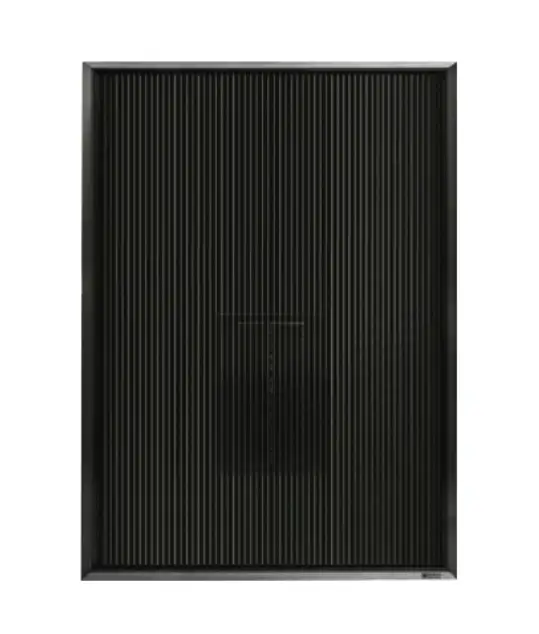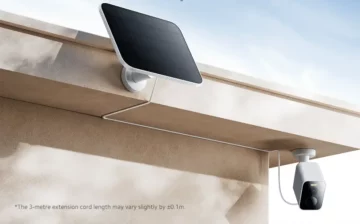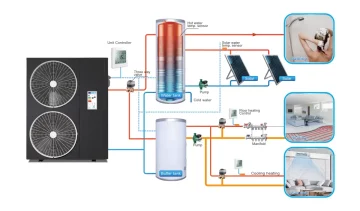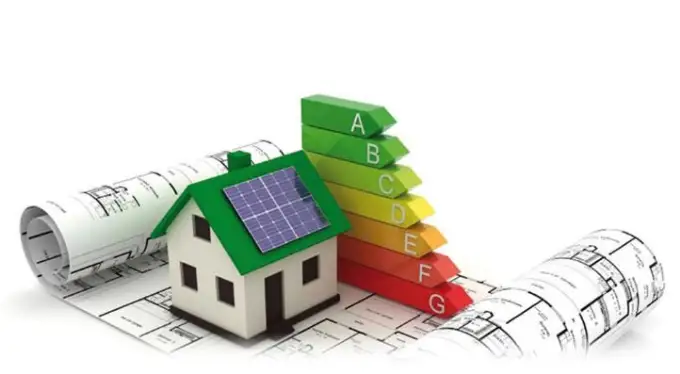Dealing with high humidity in an animal kennel
Maintaining a healthy microclimate is a prerequisite for operating a zoo center, a veterinary clinic, or a shelter. Humidity in the animal nursery affects their well-being, development, and the speed of rehabilitation after undergoing procedures. According to the norms, the optimal indicator is 55-65%, and its excess is unacceptable. Dampness is usually caused by:
- The disadvantages of the ventilation system.
- Keeping a large number of individuals in a cramped room.
And if in the second case, to combat high humidity in the animal nursery, it is enough to settle them in more spacious enclosures, then in the first case, it is necessary to create effective mechanical ventilation.
Consequences of dampness in the nursery
Exceeding the permissible humidity indicators leads to the following consequences:
- The increase in mortality among offspring.
- Risk of an outbreak of viral infections.
- Slow recovery in the postoperative period (after sterilization or other interventions).
- The development of respiratory diseases, and disruption of the respiratory and circulatory system.
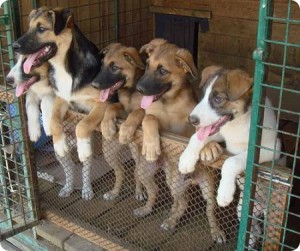
If hay is stored in the nursery (for feed or as bedding), then it absorbs excess moisture and rots. This creates unsanitary conditions, mold and fleas appear in the room. Due to the daily temperature difference on the walls, cages, and equipment, condensate falls, destroying wood and metal, increasing the risk of a short circuit from drops on the wiring. High humidity in the animal nursery causes the death of the inhabitants and the appearance of problems for the owner with the controlling authorities.
How to deal with high humidity in an animal kennel?
To prevent this, it is enough to establish the operation of the ventilation system. Natural ventilation cannot cope with reducing dampness, since its process depends on weather conditions. For the organization of forced air circulation, supply, and exhaust systems are installed. They heat the air and keep it in constant motion with the help of fans. As a result, the humidity in the nursery normalizes, a healthy microclimate is established, and the problem of moisture condensation is solved.
Ventilation systems operate on electricity or an alternative energy source. An increasing number of European and American animal centers are switching to the use of solar equipment. Its main advantage is the optimization of energy consumption. It does not consume any expensive resources: it works for free. This allows nurseries to correctly distribute the cost structure and keep animals in comfortable conditions for them at a minimal cost.
Additional advantages of organizing ventilation using solar energy:
- The devices are not connected to the mains: they do not create fire hazards and are used without human control.
- They work independently of the hoods in other rooms: it is convenient to solve the issue of high humidity in a particular room.
- Do not require the development of project documentation for installation and connection.
Summarizing
Dampness in the animal nursery creates unacceptable conditions for their maintenance. To normalize the humidity, you need a high-quality ventilation system. It not only copes with excess moisture, but also solves the problem of condensation, eliminates stagnant air zones, and contributes to the establishment of a healthy microclimate in the room.
You can optimize the installation costs of the system when choosing solar equipment. It does not load the power grid and does not consume paid resources in the process of operation: the maintenance of the zoo center will not become more expensive. At the same time, the humidity in the animal nursery will always comply with the established sanitary and hygienic standards.

